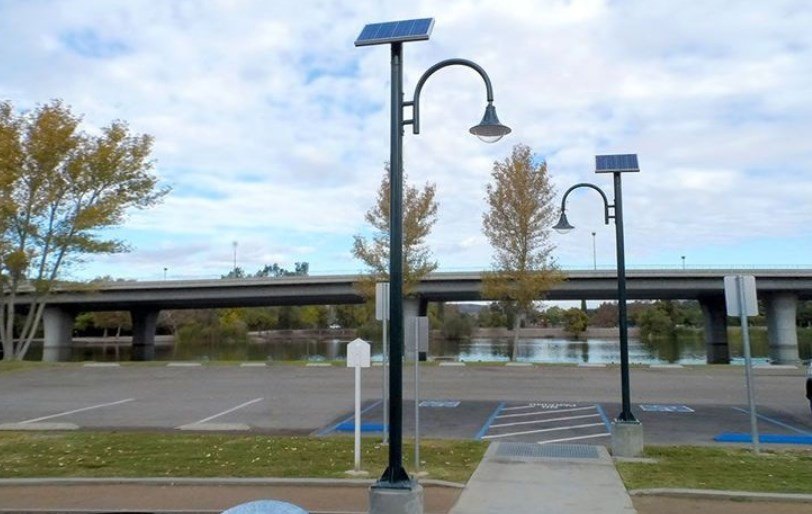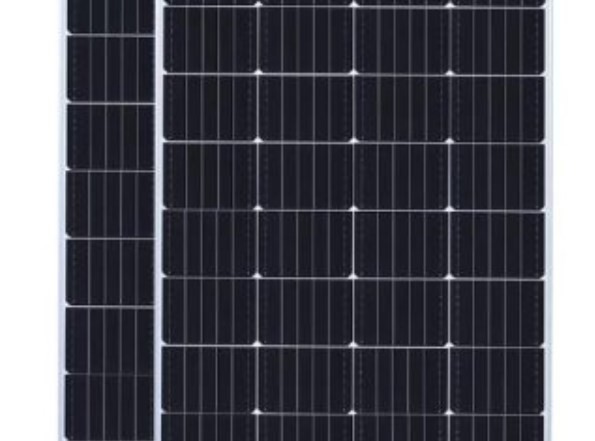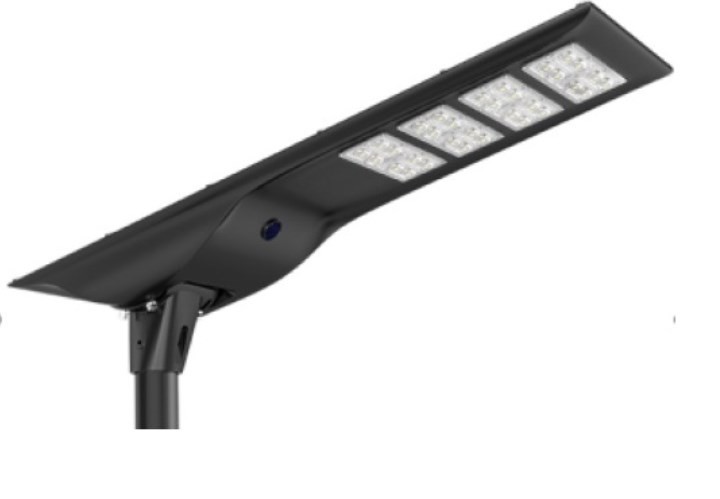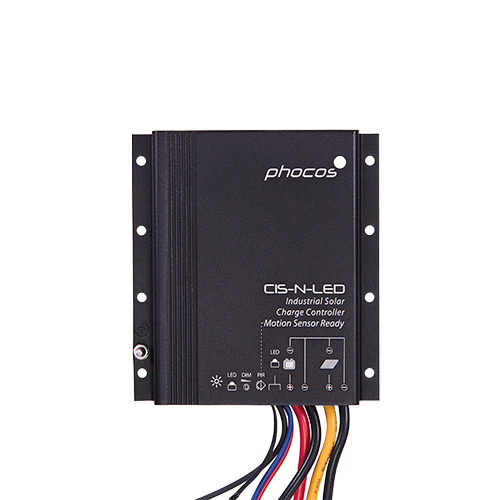Breaking Down the Components: What Makes Solar Lights Efficient?Posted by Stephen Shickadance in Solar FAQs. Solar Lighting Design.Solar lights have become a popular choice for eco-friendly and cost-effective outdoor lighting solutions. Understanding what makes solar lights efficient involves examining the key components that contribute to their performance. In this article, we will break down the main components of solar lights and explain how each one plays a crucial role in their efficiency.
1. Solar PanelsFunction: Solar panels, also known as photovoltaic (PV) cells, are the heart of any solar light system. They capture sunlight and convert it into electrical energy.
Efficiency Factors:Material Quality: High-quality materials, such as monocrystalline silicon, increase the panel's efficiency by capturing more sunlight and converting it into electricity. Size and Surface Area: Larger panels with a greater surface area can capture more sunlight, generating more power. Angle and Placement: Proper installation angles and positioning to face the sun maximizes sunlight exposure and energy capture. 2. Rechargeable BatteriesFunction: The electrical energy generated by the solar panels is stored in rechargeable batteries. These batteries supply power to the light during the night or when there is insufficient sunlight. Efficiency Factors:Capacity: A higher battery capacity allows for more energy storage, ensuring the lights can run longer during periods of low sunlight. Charge and Discharge Cycles: Efficient batteries have more charge and discharge cycles, meaning they can be used for longer periods before needing replacement. 3. LED LightsFunction: Light-emitting diodes (LEDs) are used in solar lights because they are highly energy-efficient and have a long operational life.
Efficiency Factors:Luminous Efficacy: LEDs convert more electricity into light and less into heat, making them more efficient. Lifespan: LEDs can last up to 50,000 hours, reducing the need for frequent replacements. Color Temperature: LEDs come in various color temperatures, from warm white to cool white, allowing for customizable lighting effects without compromising efficiency. 4. Charge ControllersFunction: Charge controllers regulate the voltage and current coming from the solar panels to the batteries, preventing overcharging and prolonging battery life. |
ArchivesNo Archives Categories
Want More Info? |
LATEST NEWS & ARTICLES




